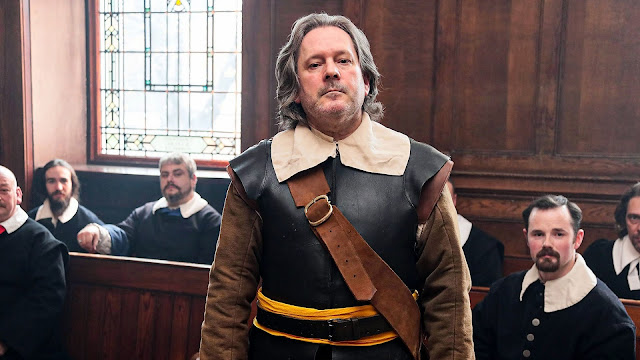Supreme Court judgment guarantees minimum paid annual leave
All workers in the UK will now receive the same minimum level of paid annual holiday leave, regardless of how many hours they work, following a landmark legal judgment by the Supreme Court today (Wednesday).
The case, Harpur Trust v Brazel & UNISON, was taken by music teacher Lesley Brazel. She argued her employer was wrong to give her fewer days of annual leave than the legal minimum because she only worked during the school term.
UNISON got involved in the Brazel case because of its implications for thousands of school staff employed on term-time only contracts. The situation had previously been confused because of the absence of any government guidance on their holiday rights, says UNISON.
Thanks to the judgment, it will no longer be possible for employers to argue staff who don’t work all year are only entitled to holiday based on the hours they work. Today’s decision is also good news for anyone working irregular hours or on zero-hours contracts, says the union.
From now on, all workers will be due the same legal minimum of 5.6 weeks (28 days for full-time employees), even if there are months during the year when they don’t work. The Supreme Court judgment upholds a previous decision taken by the Court of Appeal in 2019.
Commenting on the judgment, UNISON general secretary Christina McAnea said: “This important decision means that anyone, no matter when or how they work, will now be due the same legal minimum of annual holiday.
“Teaching assistants or other education employees might only be contracted to work when schools are open, but they’re also sometimes required to do their jobs at other times.
“Today’s decision clarifies the law and says that annual leave taken by someone who works less than a full year can no longer be pro-rated to that of a colleague employed all year round.
“The government’s failure to provide guidance in this area has left workers in limbo with unscrupulous employers all too keen to take advantage. Once again this shows unions as a force for good and yet another example of how they strive to improve the lives of working people everywhere.”
Notes to editors:
-The Supreme Court judgment ensures leave must be paid at the rate of an ordinary week’s wages (or if pay varies every week, then an average of all the weeks worked in a year). Annual leave calculations are based on weeks, as a person can work a full week or part of one. The law says that someone working a full year is entitled to at least 5.6 weeks of annual leave (28 days for anyone working full-time hours in a week and this can include the eight bank holidays). The judgment means that an employee working all year, but say, for just two days a week is entitled to 11.2 days a year (2 x 5.6 weeks, so 2.24 weeks or 11.2 days).
-UNISON intervened in the case in 2018, ahead of a hearing at the Court of Appeal the following year. The case had previously been through an employment tribunal and employment appeal tribunal. The Harpur Trust applied to the Court of Appeal for permission to appeal. UNISON successfully led the arguments at the Court of Appeal that all workers are entitled to a minimum of 5.6 weeks of annual leave under statute, and this should be paid at the rate of an ordinary week’s pay. The Supreme Court has now upheld this decision and its judgment is here
https://www.supremecourt.uk/cases/uksc-2019-0209.html-UNISON is the UK’s largest union with more than 1.3 million members providing public services in education, local government, the NHS, police service and energy. They are employed in the public, voluntary and private sectors.












